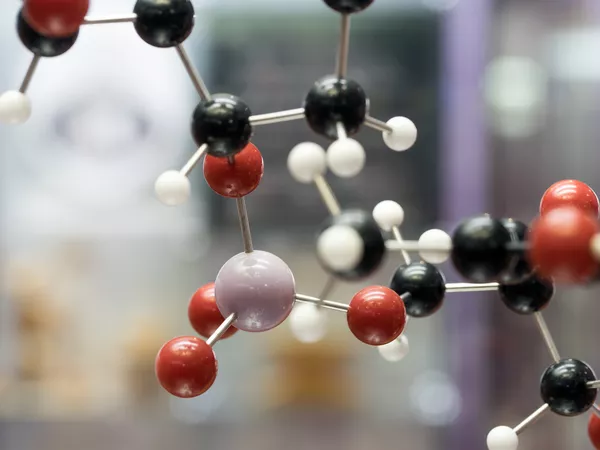EDITORIAL
Published on 18 Mar 2021
Editorial: The Golden Future in Medicinal Chemistry: Perspectives and Resources From Old and New Gold-Based Drug Candidates
doi 10.3389/fchem.2021.665244
- 1,646 views
- 5 citations
8,125
Total downloads
39k
Total views and downloads
Select the journal/section where you want your idea to be submitted:
EDITORIAL
Published on 18 Mar 2021
ORIGINAL RESEARCH
Published on 11 Jan 2021

REVIEW
Published on 06 Nov 2020

ORIGINAL RESEARCH
Published on 21 Oct 2020

ORIGINAL RESEARCH
Published on 18 Sep 2020

REVIEW
Published on 30 Jun 2020

MINI REVIEW
Published on 20 May 2020


Frontiers in Oncology
Frontiers in Pharmacology